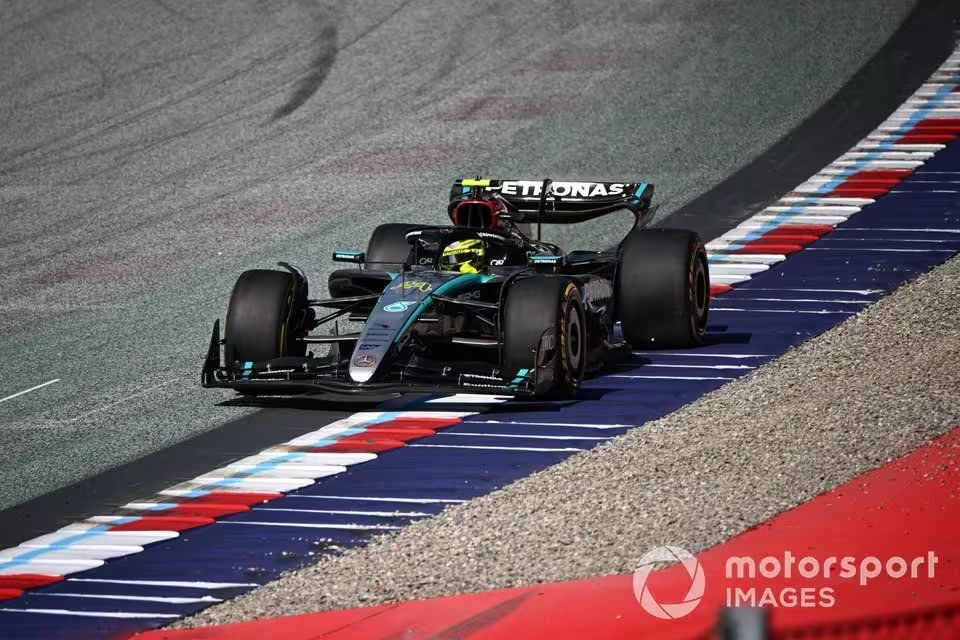Following a calamitous 2023 edition overshadowed by penalties and investigations, Formula 1’s latest track limits solution in Austria got off to a solid start.
Last year the Red Bull Ring’s final two corners caused huge problems by featuring an all-tarmac run-off that didn’t punish drivers for going wide, with FIA race control flooded by track limits violations.
Over 1200 potential breaches were flagged during the race, which meant it took hours to finalise the results as drivers were waiting to be handed time penalties.
The sprint shootout and main qualifying session were also marred with 13 and 47 deleted laps respectively, prompting the FIA to implement a narrow strip of gravel on the exit of Turns 9 and 10 as a bigger deterrent to drivers going wide.
Based off Friday afternoon’s sprint qualifying, the first competitive session of the weekend in which track limits were properly policed, it was telling how the topic went from dominating the conversation in 2023 to being almost non-existent.
During qualifying only six laps were scrubbed, one of which included the spinning Yuki Tsunoda, and none of those infractions took place in the all-important final top 10 shootout.
Only two times that were deleted prevented an obvious improvement, with Mercedes’s Lewis Hamilton needing two runs to get out of SQ1 and Williams man Logan Sargeant seeing his best SQ2 time scrubbed.
Lewis Hamilton, Mercedes F1 W15
Photo by: Mark Sutton / Motorsport Images
And as the drivers recorded their post-qualifying reaction soundbites, the subject didn’t even get broached at all.
Pirelli’s head of motorsport Mario Isola raised an interesting hypothesis during his post-qualifying media briefing, suggesting the presence of gravel traps had an effect on how drivers approached their push laps.
Verstappen took sprint pole in a time of 1m04.686s, two tenths slower than his time in either qualifying session last year, despite cars being a year further in their development. And while other factors could help explain the generally slower lap times, Isola suggested track limits could have had an effect.
“Lap times were slightly slower than last year,” he said. “We are talking about two tenths of a second and this is maybe due to the new gravel traps.
“Drivers are obliged to respect track limits, otherwise they lose time. So maybe this is an interpretation of the reason why they are slightly slower than last year.”
By making the kerb before the gravel…
Click Here to Read the Full Original Article at Autosport.com – Formula 1 – Stories…

